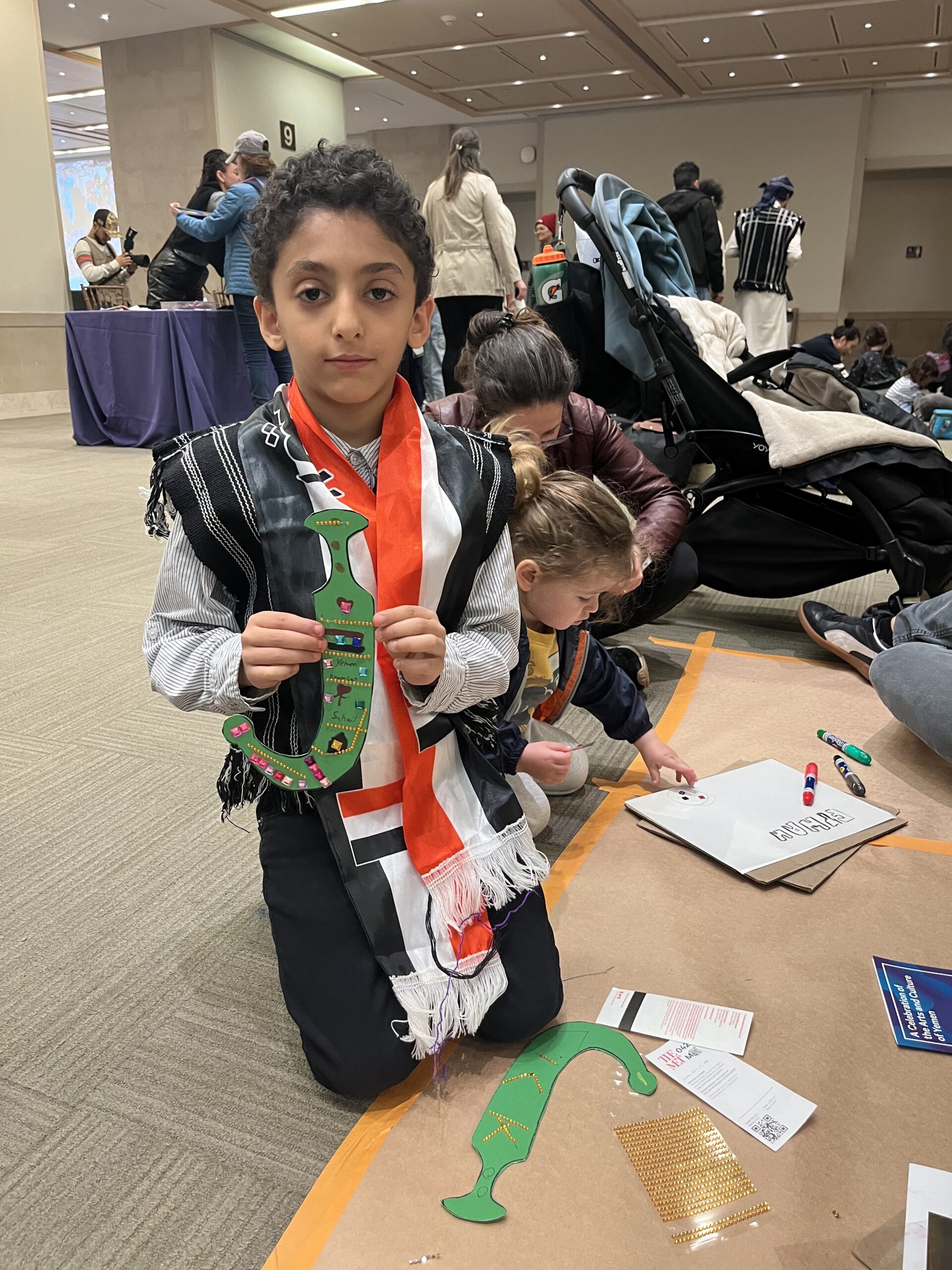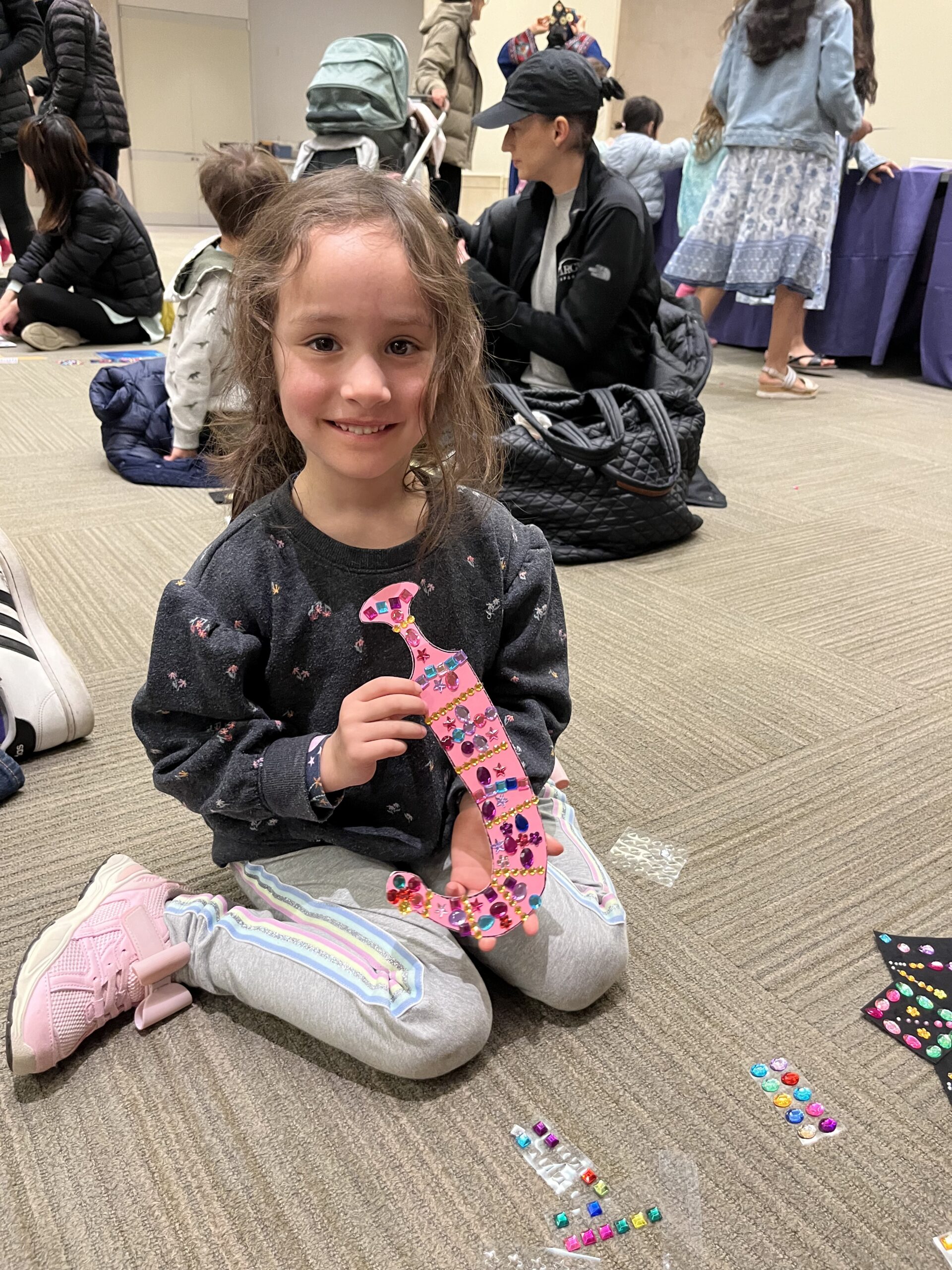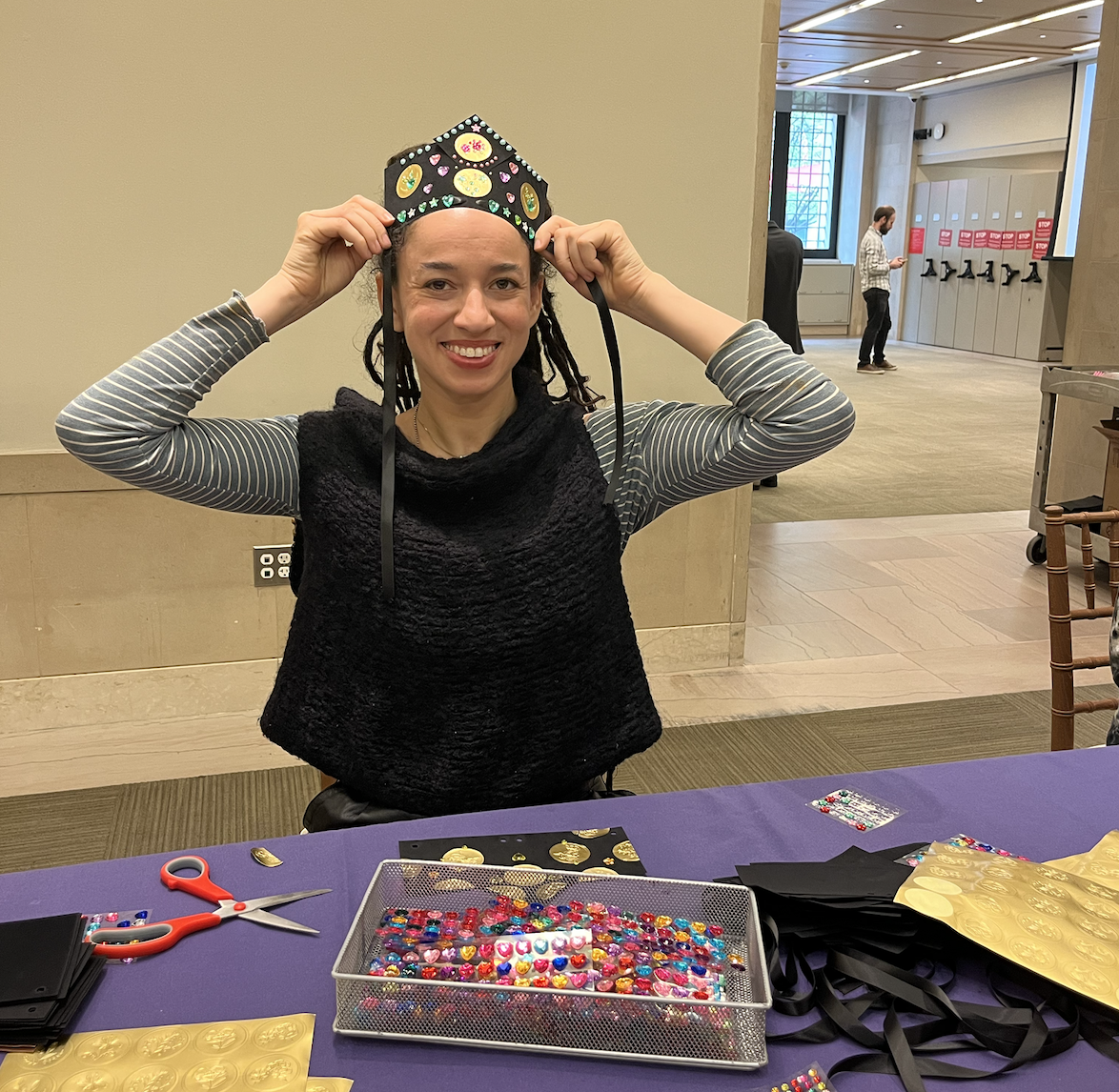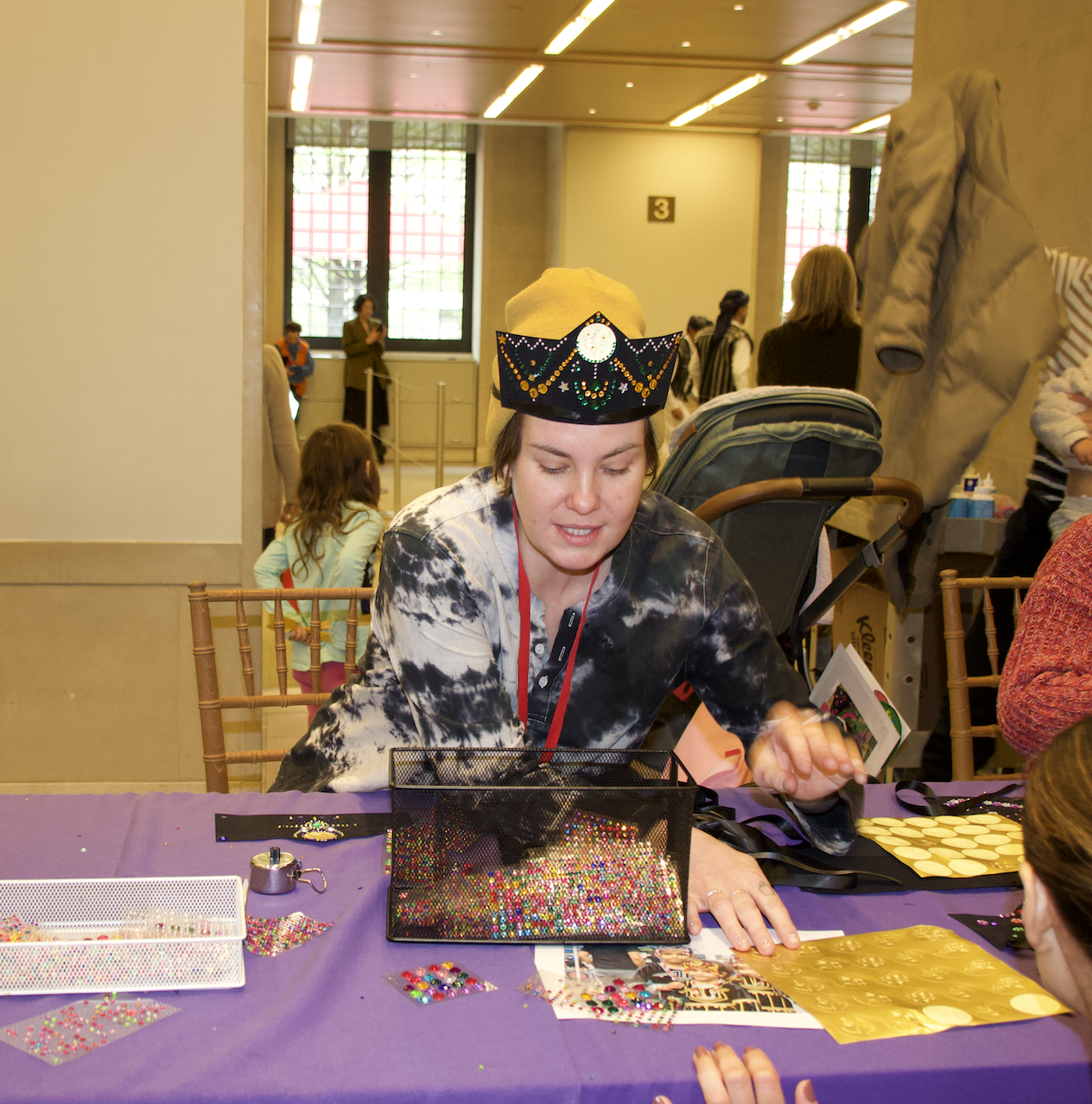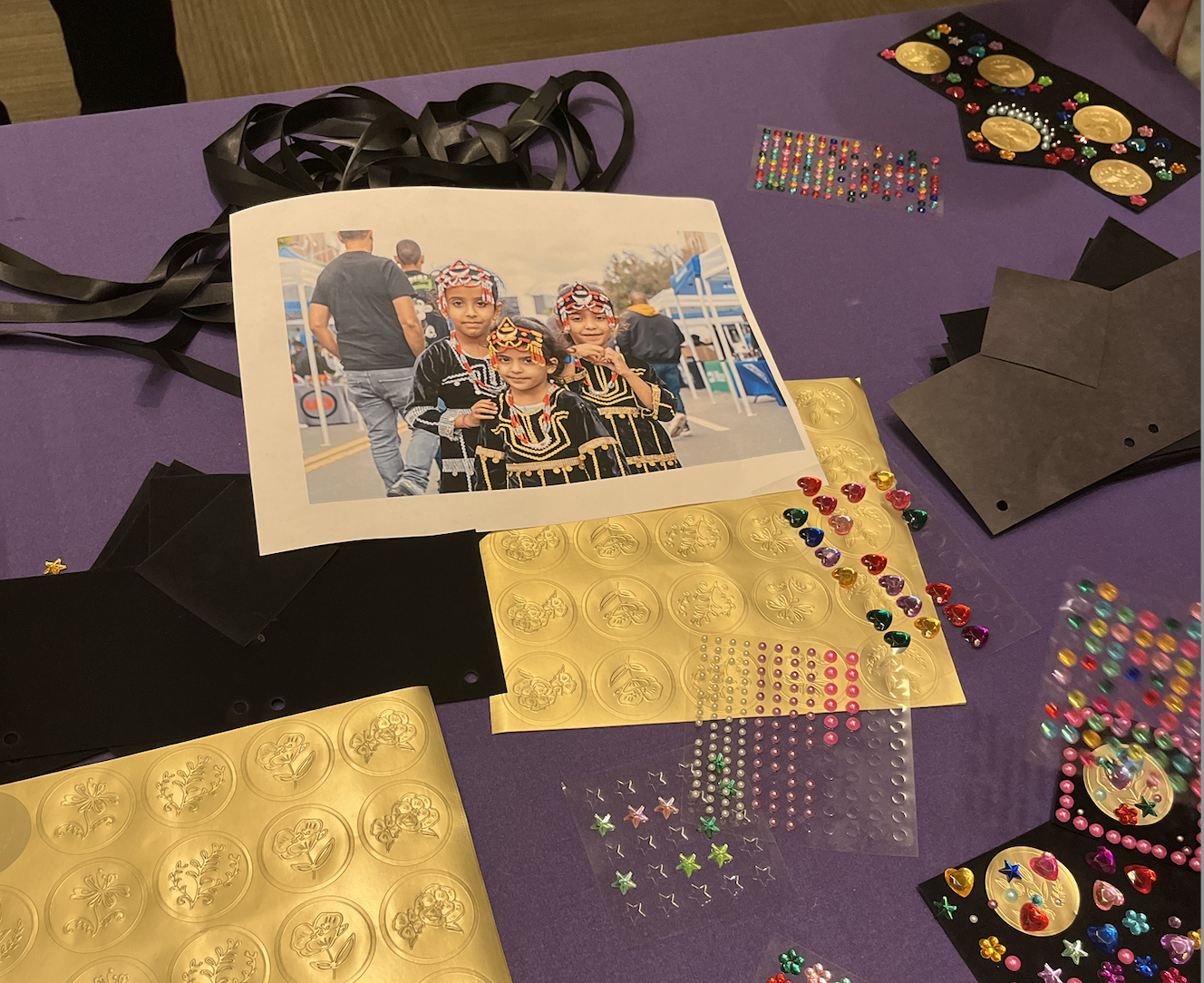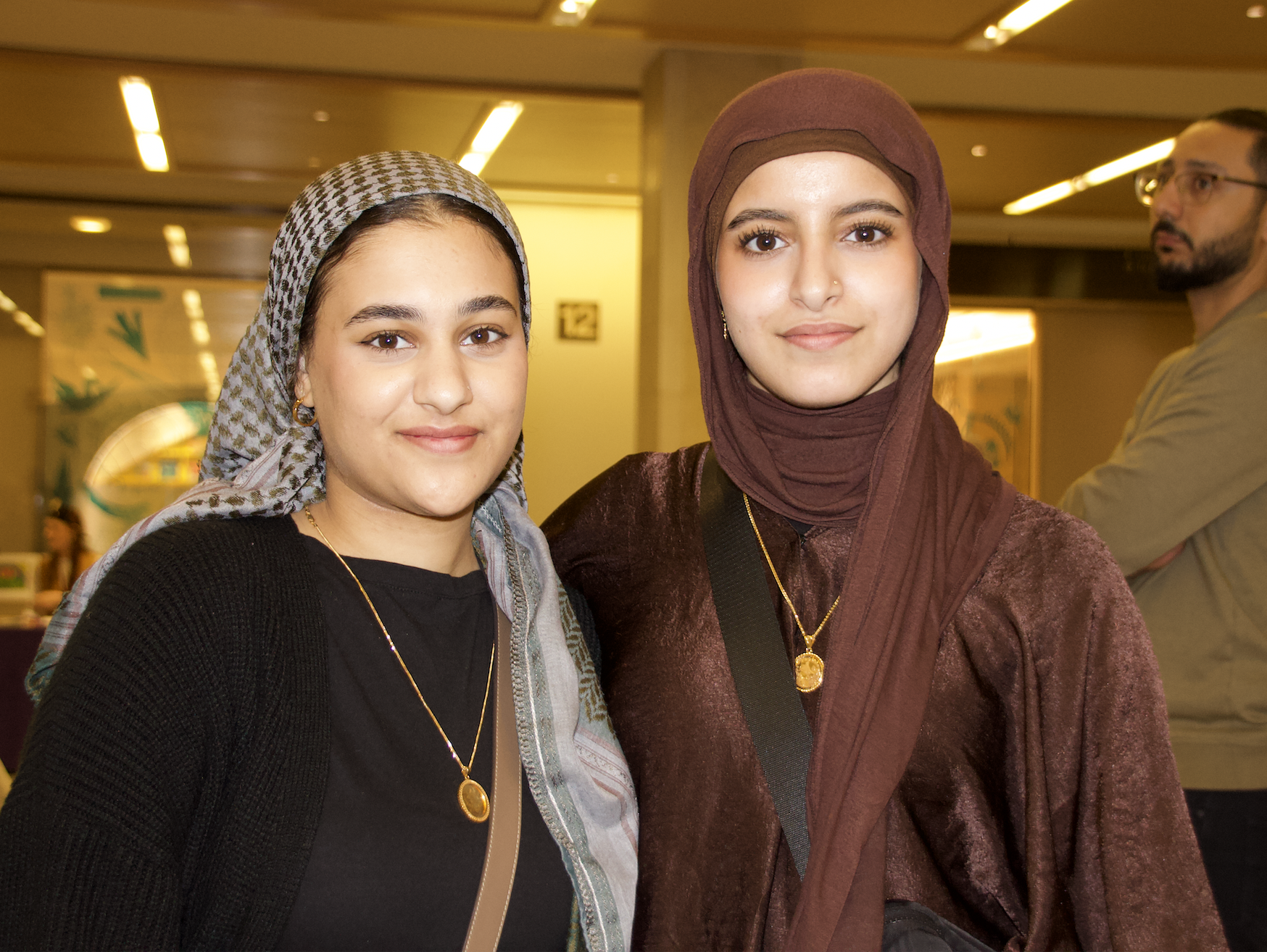Stepping into Yemen: The Met Museum Celebrating the Rich Cultural Heritage of Yemen and the Repatriation of their Art
By: Menal Elmaliki / Arab America Contributing Writer
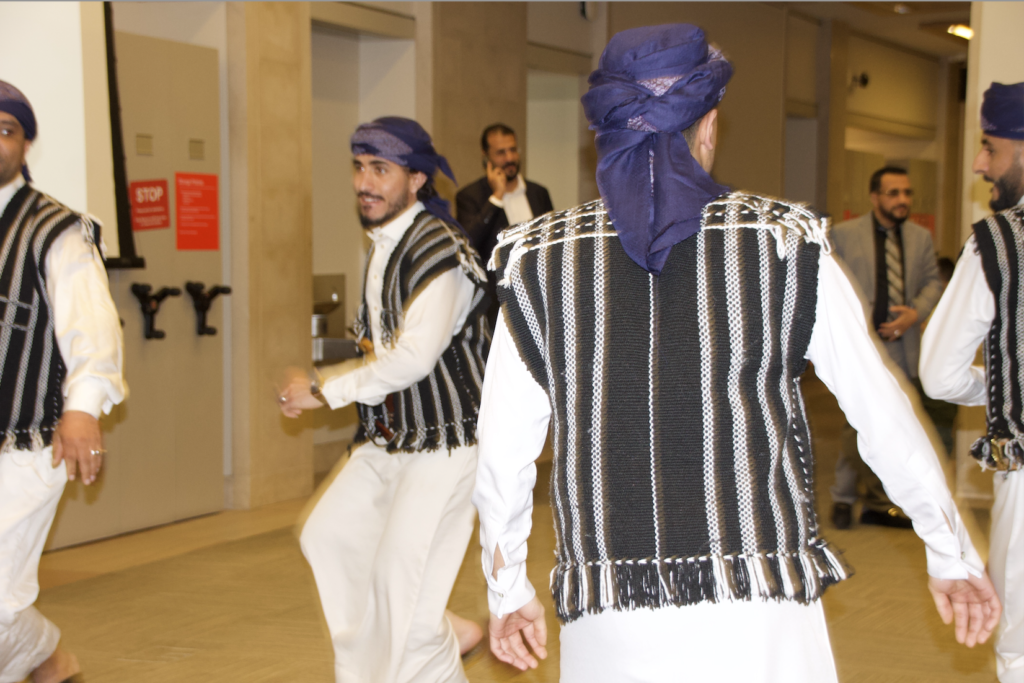
On Sunday April 21st, the MET museum event “A Celebration of the Arts and Culture of Yemen” featured traditional Yemeni dance, music, Yemeni coffee, as well as hands on activities that celebrated Yemen’s cultural heritage from way of dress to their architectural uniqueness. New Yorkers got an inside look on the rich and vibrant culture of this country while also meeting members of the Yemeni diaspora. The event not only celebrated Yemen’s cultural heritage but it also commemorated the recent “repatriation of artifacts now on temporary loan to the Met from the Republic of Yemen.”
This event highlights an historic event, Yemen taking back ownership of its art. There are Ancient Stone Sculptures From 3,000 BCE, dating to pre- Islamic Yemen. Mohammed Al- Hadhrami who is the ambassador of the Republic of Yemen to the United States, said in a press statement, the artifacts now belong to Yemen but will remain in the MET until Yemen is ready for its return. This event also highlights the repatriations of artifacts belonging to other countries like Nepal, Greece, Italy, Egypt, and Nigeria. This is a historic win for countries whose artifacts have been stolen from them.
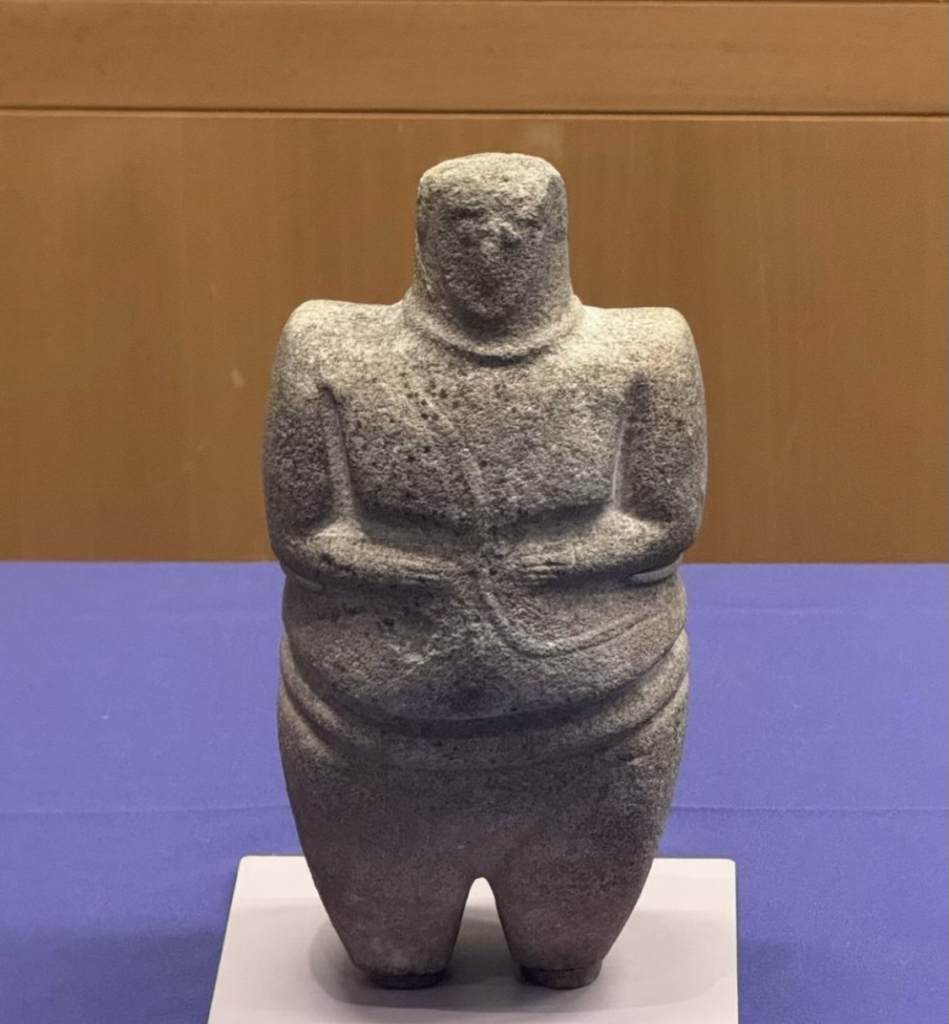
Yemen’s culture and heritage is intricately rich and diverse as a result of African, Asian, and European influence. Since Yemen is connected to the Arabian Desert, the Arabian Sea, the Red Sea and the Indian Ocean, it served as a crossroads of land and sea routes, connecting goods, peoples, ideas, technology, art, and religion for 1,000s of years. The cultural heritage of Yemen is historical, the same customs and traditions that were practiced by Yemenis 3,000 years ago are still practiced today.
The event highlighted the uniqueness of Yemeni culture such as the qamariya, which is a historical and archaic window, the jambiya, which is a traditional sword, as well as the traditional silver jewelry of tribal and Bedouin women in Yemen.
The Met offered hands- on activities for young children and adults to come and learn about these traditional relics of Yemen while also designing their own. Families with their children enjoyed art-making activities inspired and learned about the cultural significance of each of these items.
Some of this “cross- cultural contact” can be seen in Yemeni dress and jewelry. There is more to jewelry than its exceptional design, rich in symbolism, ornate detailing, and beauty. Silver jewelry adorning the hair, head, neck, ankle, ear and wrists of Yemeni women can be traced back to the time of Sheba. Jewelry has a special place in Yemeni culture, it not only tells stories and the personal identity of the women that owns it but it also attributes to a women’s power and protection and it enhances her beauty. By a woman’s jewelry you can tell what her social class is, her ethnic and religious background, and what town, village and nomadic tribe she is from.
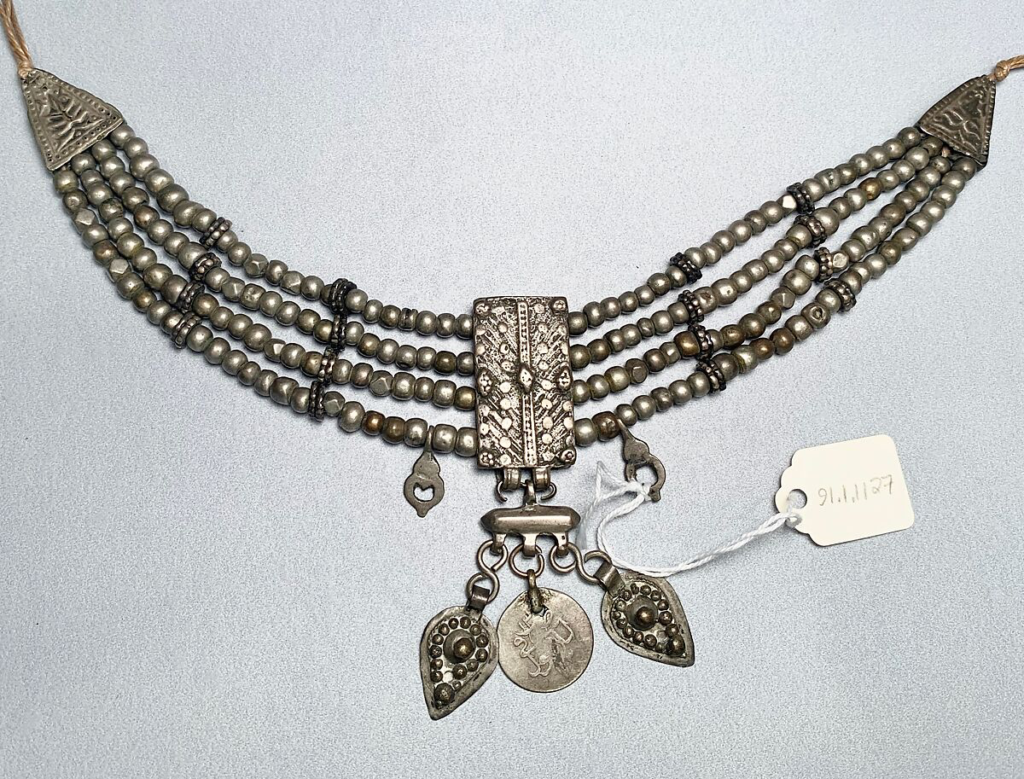
Silver jewelry was used to seal marriage contracts and ensured a woman’s economic security. Besides celebrating marriage, jewelry also “played a role” welcoming a birth, warding off evil and praising God. Jewelry, including the head piece, is not only a portrait of a woman’s life but also of her legacy as it is passed down generations.
The jambiya, known as the jewel of Yemen, is symbolic of its rich culture and preserved history. “Jamb” in Arabic means “side,” and the jambiya is a curved, double- edged blade or dagger that is attached to a belt and worn on the side. The jambiya is as old as Yemen itself and dates back to the Sheban times, in the Himiarite Kingdom. This sword or twisted- dagger was typically worn historically for self- defense and now worn for show, it is also worn during important ceremonies and festivities such as weddings.
It is a sign of the warrior spirit of Yemeni men and how they are endowed as protectors of women. It also symbolizes independence, strength, and Yemen’s very active tribal culture. The jambiya like jewelry tells a portrait of a Yemeni man, informing us of his social class, village, town and tribe. The sword is given as a present to coming of age boys who are transitioning from childhood into manhood. In some parts of Yemen, boys are also given this as a gift during their circumcision ceremony. The jamabiya is so deeply rooted in Yemeni culture that it is incorporated in Yemeni poetry and traditional Yemeni dance.
Many new Yorkers offered their own unique design of the qamariya, influenced by the old windows of Sanaa, Yemen. Qamariya is one of the beautiful architectural heritage of Yemen and has been used for 1,000s of years. It is a stained glass window that is typically in diwans or living rooms and this old design graces old buildings all across Sanaa, the capital city.

The word “qamar” means “moon’” in Arabic and these windows are unusually shaped into a moon. The moon also has a special place in the Arab culture and it is equated with beauty and light. The window is meant to let light in from the sun and moon but without compromising privacy. In modern windows the curtain provides privacy and doesn’t allow any light to come through.
Qamriya windows dates back to pre-Islamic Yemen and are fashioned with stained mosaic colors and designs and are geometric in shape. Qamariya windows are handmade and the production is done by small family run businesses. There are no qamariya factories in Yemen. Each designer fashions his own design made of lotus, tulip, jasmine, the seal of Solomon or the 8- pointed star motifs. The recent wars has decreased the demand for traditional windows and has increased the import of aluminum need to make modern architectural styled windows. This places a damper on a centuries old tradition and heritage that is as unique as the city it is in. The ancient city Sanaa has been inhabited for more than 2,500 years and it is considered a UNESCO World Heritage Site with its colorful mosaic windows and buildings made from brick, earth, and white gypsum.
The inclusive Met event celebrates not only Yemeni heritage and culture but the diversity of New York and the Yemeni community in New York City. It was a celebration that promotes multi-cultural engagement with other communities in NYC from Chinese, Latino, and Arab Americans to Europeans. The program brought in different diaspora together for discussions, educating, and a sharing of traditions. The New York City community witnessed first hand the impressive feat of Yemeni dance, as they took in awe of the traditional Yemeni clothing while being served Yemeni coffee. The origins of coffee can be traced back to Yemen where the magical bean was first cultivated in Yemen in the 15th century and then exported from the Al-Mokha port in Yemen where it was traded all around the world. The word mocha originates from the Al- Mokha in Yemen.
Not only are New Yorkers learning about a different heritage and culture but they are also learning how to interact and connect with people of different cultures from their own. Programs and exhibitions not only bring to light these often times inaccessible cultures due to bad media representation or lack of resources but it also highlights how these people are “oppressed and marginalized in society.” The event also highlights the significance of the Yemeni diaspora and what they have to offer in New York City.
This cultural engagement provided the opportunity for Yemenis to share their complex and rich cultural identity while also highlighting that they are much more than bad press. With the Israel- Hamas War waging on, the threat of instability in the region with growing tensions due to the actions of Houthis in the Red Sea on commercial ships, this is a nice break from the chaos of politics and a reminder that despite the bad representation in the media Yemenis are like all people with a rich culture and heritage that is worth celebrating and sharing.
Check out Arab America’s blog here!



